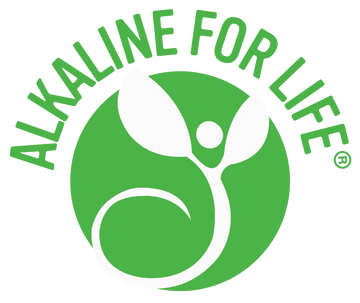Anthropological Perspective on Vitamin C

As Albert Szent-Györgyi once said, “A vitamin is a substance that makes you ill if you don’t eat it.”
Did you know that most plants and animals are capable of synthesizing their own ascorbate (vitamin C)? This is true! However, humans, along with guinea pigs, fruit-eating bats, and dry-nosed primates are among the few mammals with a genetic mutation that does not allow for internal production of vitamin C.
Many animals produce hundreds of times more ascorbate than the current human RDA of 75 mg for women and 90 mg for men. For example, a goat produces around 13,000 mg of ascorbate a day (Stone 1979), and a stressed goat produces up to 13x more. Monkeys, our closest evolutionary relative, have a 55 mg/kg per day recommendation for dietary vitamin C and guinea pigs need 200 mg/kg/day. (NRC 1995; Chatterjee et al. 1975) This would equate to a human intake of some 3,000 mg per day in the case of the monkey to 10,000 to 14,000 mg per day In the case of the guinea pig.
Great researchers and Nobel laureates like Dr. Albert Szent Györgi and Dr. Linus Pauling recommend daily higher doses of vitamin C for full human health. They suggest doses of 2 to 9 g/day and even more when under stress.
Friendly suggestion: You can check to see if you have even a minimum amount of vitamin C on board by using our VitaChek-C strips, available in our shop.
References:
Chatterjee, I. B., A. K. Majumder, B. K. Nandi, and N. Subramanian. 1975. Synthesis and some major functions of vitamin C in animals. Annals of the New York Academy of Sciences 258:24-47.
NRC (National Research Council). 1995. Nutrient requirements of laboratory animals. Washington, D.C.: National Academies Press.
Stone, I. 1972. The Healing Factor - Vitamin C Against Disease: How to Live Longer and Better. Penguin Publishing Group.
Stone, I. 1979. Homo sapiens ascorbicus, a biochemically corrected robust human mutant. Medical Hypotheses 5(6):711-721.


